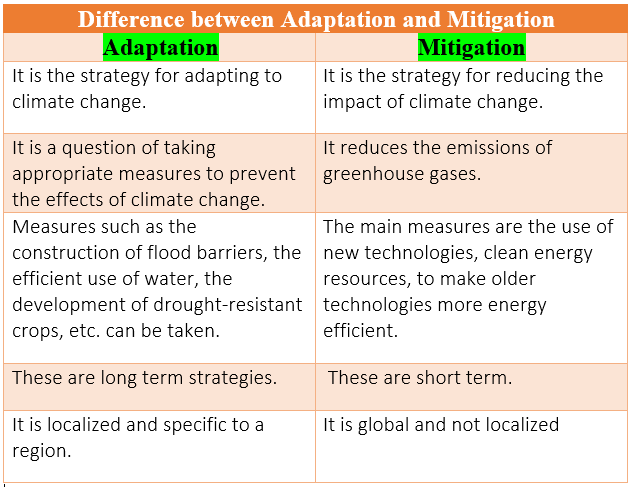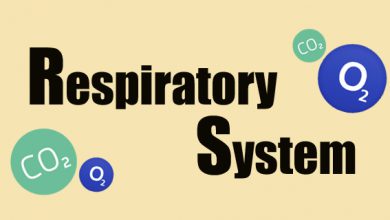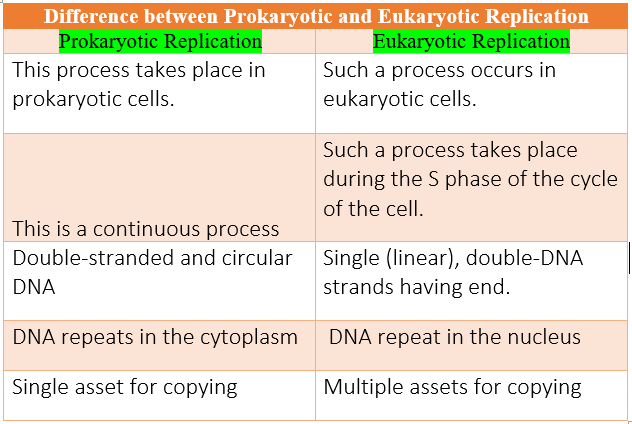Difference between Adaptation and Mitigation
the Major Difference between Adaptation and Mitigation is that Adaptation adaptation is not able to eliminate all negative impacts from the climate system while Mitigation is concerned with the causes of climate change and is crucial to limit changes in the climate system.
the climate system while Mitigation is concerned with the causes of climate change and is crucial to limit changes in the climate system.
What is Adaptation?
This approach is when people start to make changes that help communities adapt and adapt to new realities. Adaptation methods are short-term solutions that can be of two types:
- Adaptive adaptation: This is where the action is taken in anticipation of a particular event because you know it is inevitable. To protect against rising sea levels and cause flooding in cities/islands too close to the waterway, dikes are constructed.
- Response adaptation: This is when action is taken to respond to events that occur. For example, purchasing air conditioners would be a reaction to rising temperatures.
What is Mitigation?
When using the counterweight method, you are actually trying to slow/reduce or stop the effects of a particular process. In this context, it would mean trying to reduce greenhouse gases and thus reduce the effects of climate change. Mitigation is a long-term option while investments are being made to solve long-term problems rather than short-term problems. Examples include:
- Stop forestry and plant more trees that absorb more CO2.
- The transition from fossil fuels to clean energy sources such as wind, solar … etc.
Summary of the difference between Adaptation and Mitigation
Mitigation measures include reducing the scale of climate change, which is divided into two other approaches: reduction of emissions and geothermal energy. restoration of cultivated land and degraded land; improvement of rice cultivation technology and management of livestock and fertilizers to reduce CH4 emissions; better use of nitrogen fertilizers to reduce emissions of NO2.
Adaptation involves efforts to limit our vulnerability to the effects of climate change through various actions that do not necessarily address the underlying cause of these impacts. In biotechnology, it is necessary to adjust the planting dates and the variety of cultivation; crop cultivation; better land management, erosion, and soil protection with tree planting.
That is the difference between Adaptation and Mitigation
The major differences between Adaptation and Mitigation
The difference between Adaptation and Mitigation here like:
In the area of climate change, mitigation measures have been introduced to reduce greenhouse gas emissions to the air, thus reducing the impact of global climate change. for in that, we know more than he did in the last few months.
Related: reducing or eliminating pollutants from the environment (e.g., the development of farm-to-table technology using mechanical energy, reducing travel by plane/boat/car, preventing forestry, building strength, medium or even energy consumption of energy, equipment, vehicles, etc.) and/or to bind greenhouse gases by the air (e.g., planting more trees that absorb CO2, capture and store carbon in production sites and plants, further promoting the sealed in the ocean with the development of plankton, etc.).
Many protections are still in the R&D stage, and to some extent, concerns about the “shift” have occurred to the process of disruption, particularly with regard to large geochemical choices such as releasing the substance into the ocean and the surrounding air.
Governments and colleges around the world are at various stages of developing and implementing policies on different goals of protest, measure, structure, structure, and so on. As for their boundaries.
Adaptation to climate change refers to measures taken to mitigate the effects of climate change (e.g. climate change, coastal protection). sea level, efficient construction, early warning, and flood protection). Where possible, use all the advantages that may result from these changes (for example, climate-tolerant crops like grapes in new areas, land use that has previously been dry with water, increased water use at certain times of the year), etc.).
In many cases, situations seem to have a positive or negative impact, with the term applied to humans rather than any other species or land as a whole. Whether or not climate change is a positive or a negative one is rare for all, it often depends on the decision, location, economy, or activity. the lives of the people concerned, and the level of access to people (both public and private). private), etc.
There is also debate about whether it is possible to address human-induced climate change that is unique and different from adapting to climate change, or to climate change. for environmental change (such as that any time a group of people will change, animals or plant species, animals, etc.) adapt to the co-existence of change.
Changes in their weather, quantity, and type of vegetation around them, plenty and availability of water, contaminants, etc.). For this reason, in order to avoid misunderstandings, some have chosen to change the term by saying words like “climate change”, and “climate change and change.”
Part of the controversy comes from the use of the word “disaster” in a disaster-prone community, which refers to a reduction in the probability of a major accident, speaks directly to risk, or put in place to use/mitigate/mitigate strategies that can be done in the event of an accident.
This has some similarities (but no adjustments) to the way the word “adapted” is used in the field of climate change. Confusion and sometimes the real struggle to build unity in what the problem is and how to deal with it!
Comparison and difference between Adaptation and Mitigation in Tabular Form
| Adaptation | Mitigation |
| It is the strategy for adapting to climate change. | It is the strategy for reducing the impact of climate change. |
| It is localized and specific to a region. | It is global and not localized |
| These are long-term strategies. | These are short-term. |
| It is a question of taking appropriate measures to prevent the effects of climate change. | It reduces the emissions of greenhouse gases. |
| Measures such as the construction of flood barriers, the efficient use of water, the development of drought-resistant crops, etc. can be taken. | The main measures are the use of new technologies, and clean energy resources, to make older technologies more energy efficient. |
However, problems are involved in both processes. Mitigation is seen as a better option than adaptation. But mitigation is expensive. Implementing the plans requires a lot of investment and most people and governments are unwilling to pay. This creates problems.
Issues
The difference between Adaptation and Mitigation has been seen. Although both approaches offer optimism and hope for climate change, they still have problems. For example, with the adjustment, the problem is that it is a short-term solution. It’s like limiting climate change rather than trying to get to the root. Therefore, the counterweight could be considered a better option. However, the problem with countermeasures is that it is expensive.
Defining plans and initiatives that help in the long run sounds good, but first, you have to invest a lot. Many governments and people are unwilling to pay, which is a problem. That said, pushing this insider is a great move for environmentally friendly people, so there is hope when everything is said and done!
You May Also Like:





